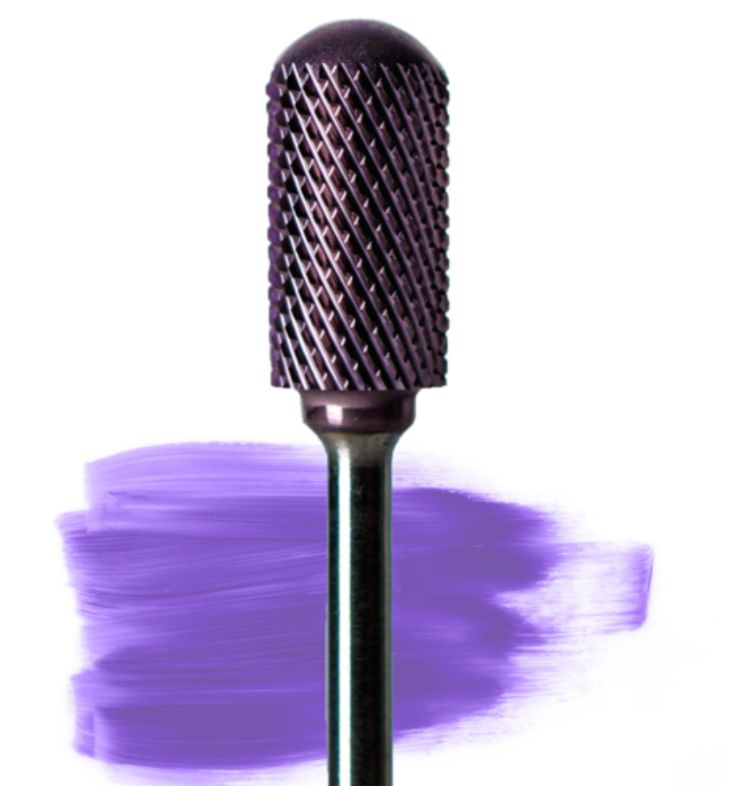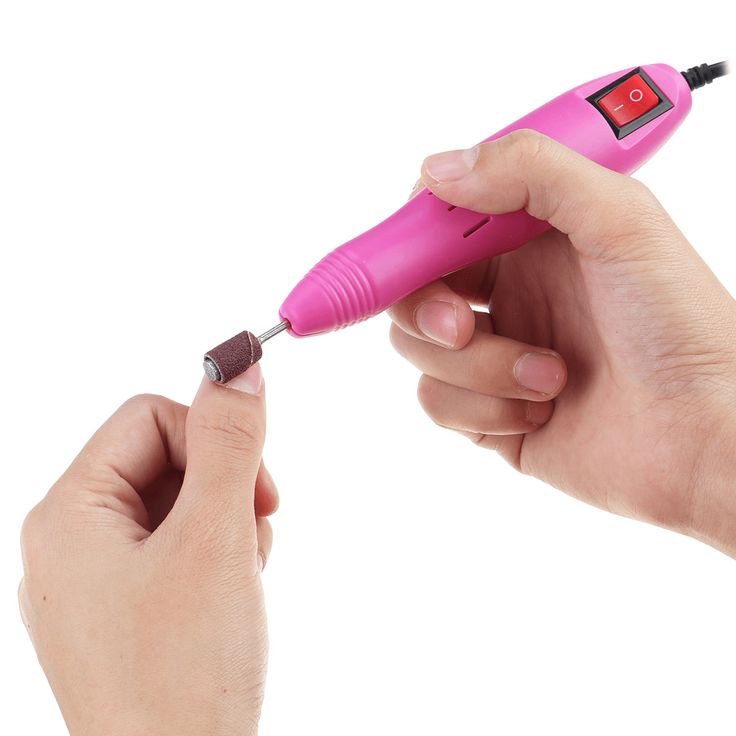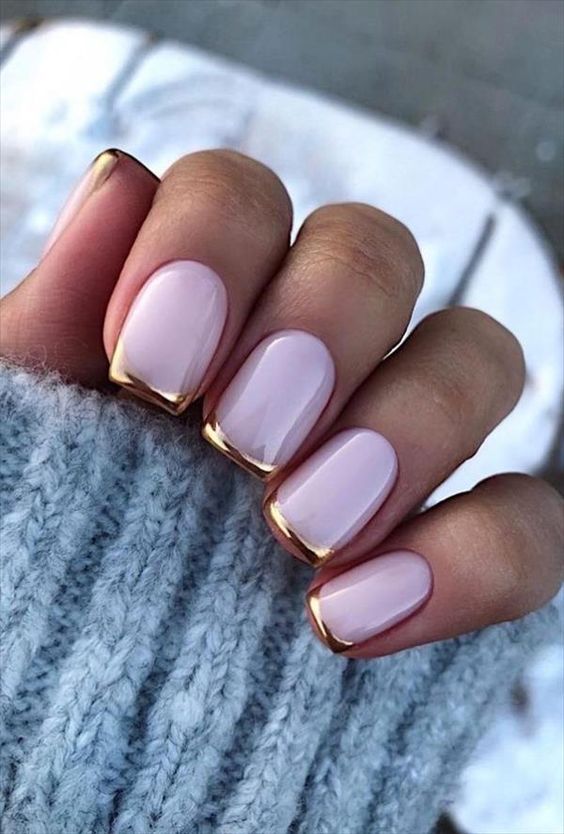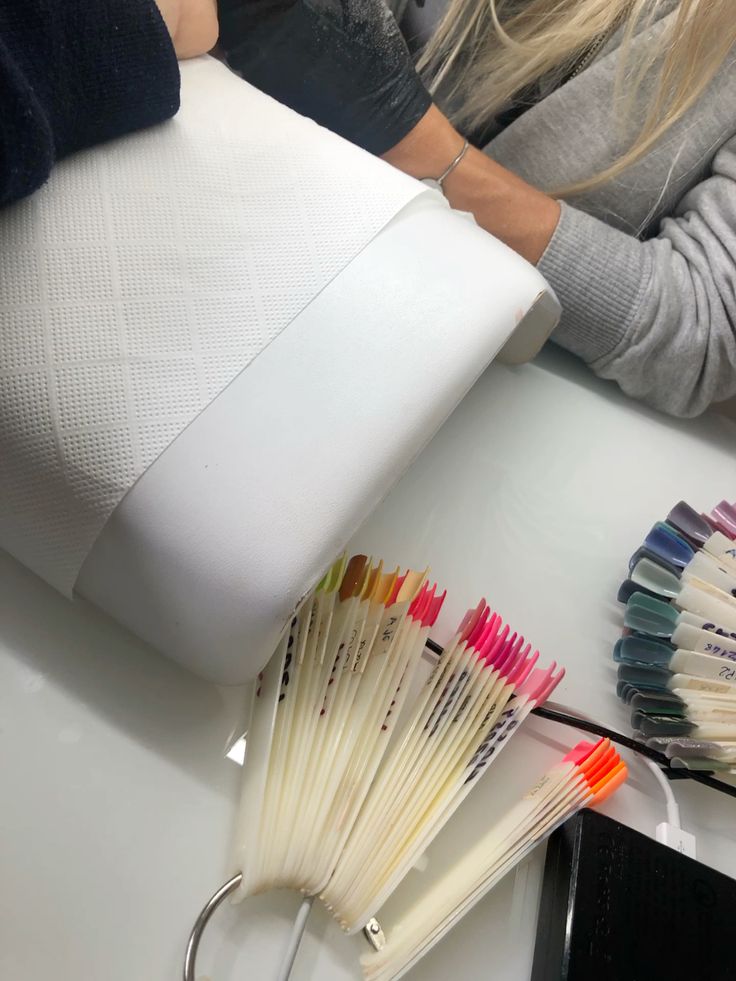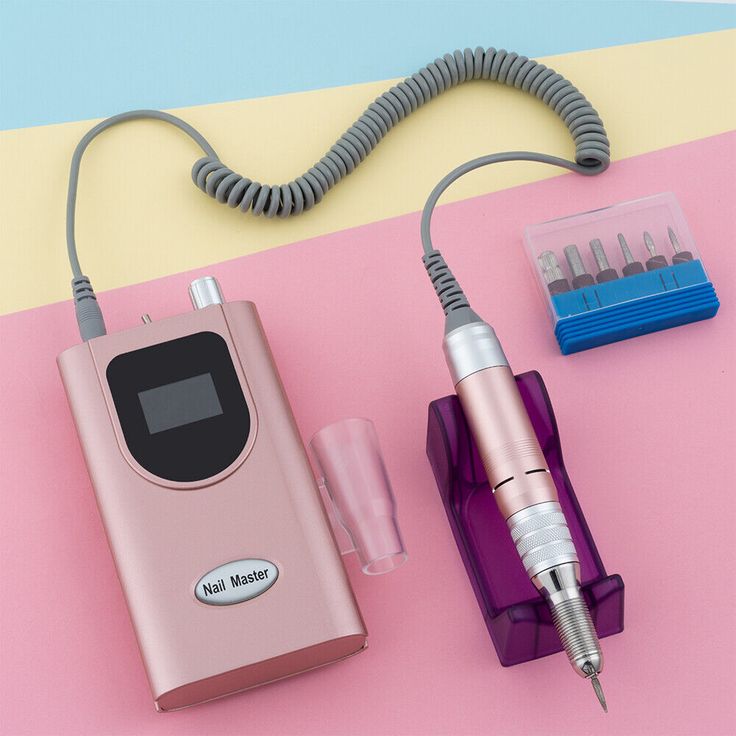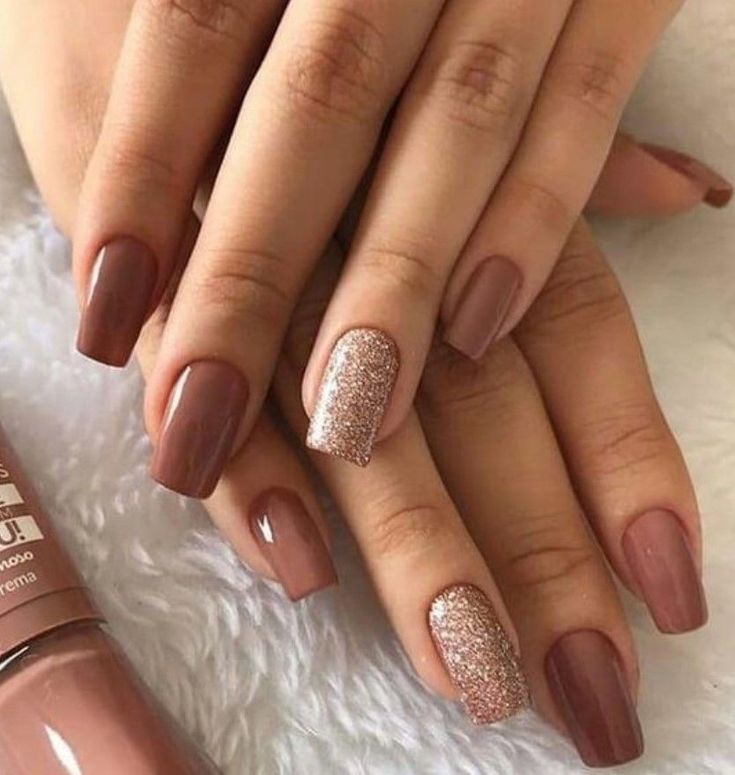
How to Prevent Nail Damage When Using a Nail Drill Machine
- uzmdrill
- August 29, 2024
- 41 views

A NailDrillMachine is a powerful tool that can help you achieve salon-quality nails at home. However, without proper care and technique, it can also cause significant damage to your nails. Preventing nail damage is essential for maintaining healthy, beautiful nails while using a nail drill. In this article, we’ll explore effective strategies and best practices to ensure your nail drill experience is both safe and successful.
FAQs
Q1: What are the most common types of nail damage caused by a nail drill machine?
A: Common types of nail damage include over-filing, thinning of the nail plate, burns from friction, and separation of the nail from the nail bed (onycholysis).
Q2: How can I avoid over-filing my nails?
A: To avoid over-filing, use the correct speed setting and apply gentle pressure. Keep the drill moving constantly to avoid focusing on one area for too long, which can thin the nail.
Q3: What is the best speed setting for beginners?
A: Beginners should start with a low speed setting, typically between 5,000 and 10,000 RPMs, to get accustomed to handling the drill without causing damage.
Q4: How can I prevent burns while using a nail drill?
A: To prevent burns, work in short bursts and allow the bit to cool down between uses. Use minimal pressure and select a bit that is appropriate for the task.
Q5: Is it safe to use a nail drill on natural nails?
A: Yes, it is safe to use a nail drill on natural nails if done correctly. However, it’s essential to use the appropriate drill bits and speed settings designed for natural nails to prevent damage.
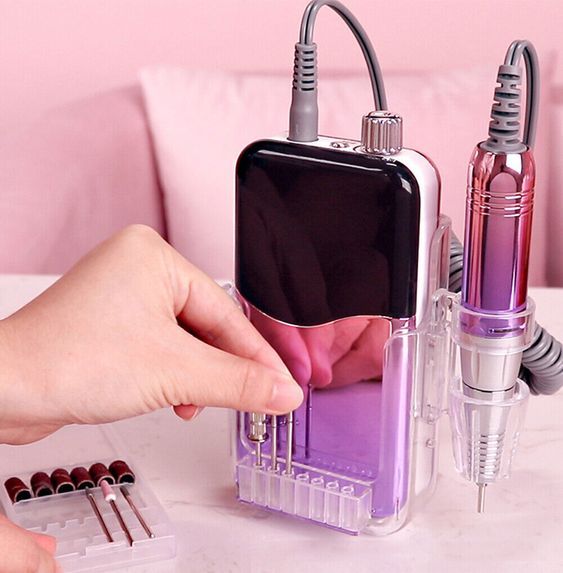
How to Prevent Nail Damage When Using a Nail Drill Machine
1. Choose the Right Drill Bits
Selecting the correct drill bit for the task is crucial to preventing nail damage. Different bits are designed for specific purposes, such as shaping, filing, or smoothing. For instance, finer grit bits are ideal for natural nails, while coarser bits are better suited for acrylics or gels. Using the wrong bit can lead to over-filing or excessive pressure on the nail.
2. Start with a Low Speed Setting
Beginners should always start with a low speed setting to get a feel for the drill and avoid unintentional damage. A speed between 5,000 and 10,000 RPMs is typically sufficient for most tasks on natural nails. As you gain experience, you can gradually increase the speed, but always prioritize control over speed to minimize the risk of injury.
3. Apply Gentle Pressure
One of the most common mistakes when using a nail drill machine is applying too much pressure. Excessive pressure can thin the nail plate, cause burns, and lead to onycholysis. Instead, let the drill do the work—apply gentle, even pressure and keep the drill moving constantly to avoid focusing on one spot for too long.
4. Keep the Drill Moving
Keeping the drill moving is essential to prevent over-filing and burns. Avoid staying in one area for too long, as this can generate heat and cause friction burns. Use smooth, sweeping motions and work on the nail in sections, allowing the drill bit to glide across the surface without digging in.
5. Take Regular Breaks
Taking regular breaks during a nail drill session gives the nail and the drill bit time to cool down. Overheating can lead to burns and discomfort, so it’s important to pause and check the temperature of the bit. If the bit feels hot to the touch, allow it to cool before continuing.
6. Use Proper Hand Positioning
Proper hand positioning is key to maintaining control over the nail drill machine. Hold the drill like a pencil, with a relaxed yet firm grip. Ensure your hand is steady and supported on a flat surface to reduce the risk of slipping or applying uneven pressure.
7. Moisturize and Care for Your Nails
Healthy nails are more resilient and less prone to damage. Regularly moisturizing your nails and cuticles can help maintain their strength and flexibility. After using a nail drill, apply a nourishing cuticle oil or hand cream to keep your nails hydrated and healthy.
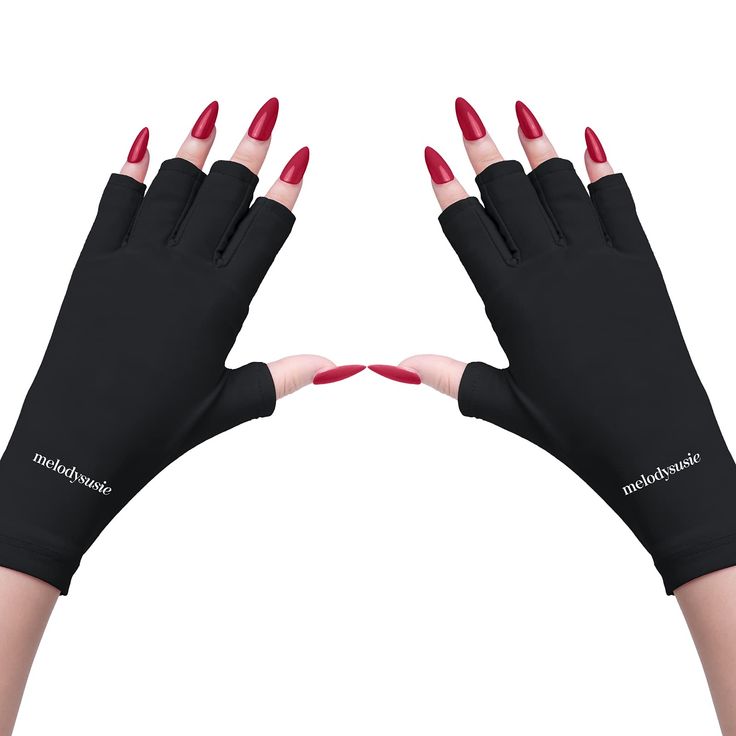
8. Sanitize Your Tools
Sanitizing your nail drill bits and tools after each use is essential to prevent infections and ensure a clean environment. Dirty tools can introduce bacteria and fungi to your nails, leading to complications and potential damage. Use a disinfectant solution or UV sterilizer to clean your bits thoroughly.
9. Be Mindful of Your Nail Health
Regularly check the condition of your nails during and after using a nail drill machine. If you notice signs of damage, such as thinning, splitting, or discoloration, stop using the drill and allow your nails to recover. It’s also a good idea to consult a professional if you’re unsure about the health of your nails.
10. Educate Yourself on Nail Drill Safety
Continuous learning is key to mastering the use of a nail drill machine without causing damage. Stay informed about the latest techniques, tools, and safety practices in nail care. Whether you’re a beginner or a seasoned pro, there’s always room to improve your skills and ensure the best results.
Conclusion
Preventing nail damage when using a NailDrillMachine is all about combining the right techniques with the appropriate tools. By following these tips, you can safely achieve beautiful, professional-quality nails without compromising the health of your nails. Remember, patience and practice are essential to mastering nail drilling, so take your time and prioritize safety above all.

